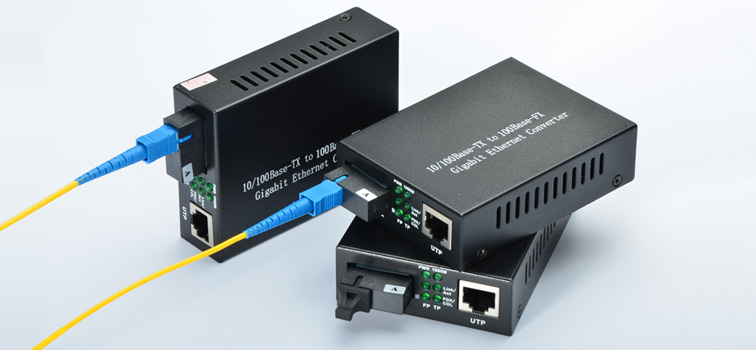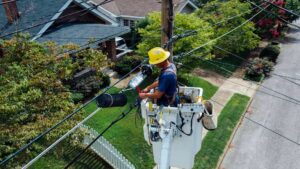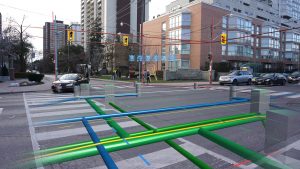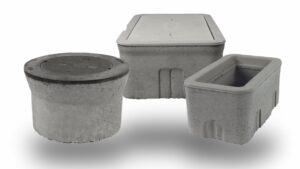Introduction to Media Converters
Media converters are flexible and cost-effective devices for implementing and optimizing fiber links in all types of networks. A media converter has become the “Swiss army knife” of networking hardware.
What is a Media Converter?
The most common cost effective media converter is a device that functions as a transceiver; converting the electrical signal used in copper Unshielded Twisted Pair (UTP) network cabling into light waves used in fiber optic cabling.
Fiber optic connectivity is necessary when the distance between two network devices exceeds the transmission distance of copper cabling. Copper-to-fiber conversion using a media converter enables two network devices with copper ports to be connected over extended distances via fiber optic cabling.
Media converters also provide fiber-to-fiber conversion from multi-mode fiber to singlemode fiber, and convert a dual fiber link to single fiber using Bi-directional (BIDI) data flow. Media converters can also convert between wavelengths for Wavelength Division Multiplexing (WDM) applications.
A media converter is typically protocol specific and is available to support a wide variety of network types and data rates.
They are available as physical layer or Layer 2 switching devices, and media converters with Layer 2 switching capability provide rate-switching and other advanced features.










